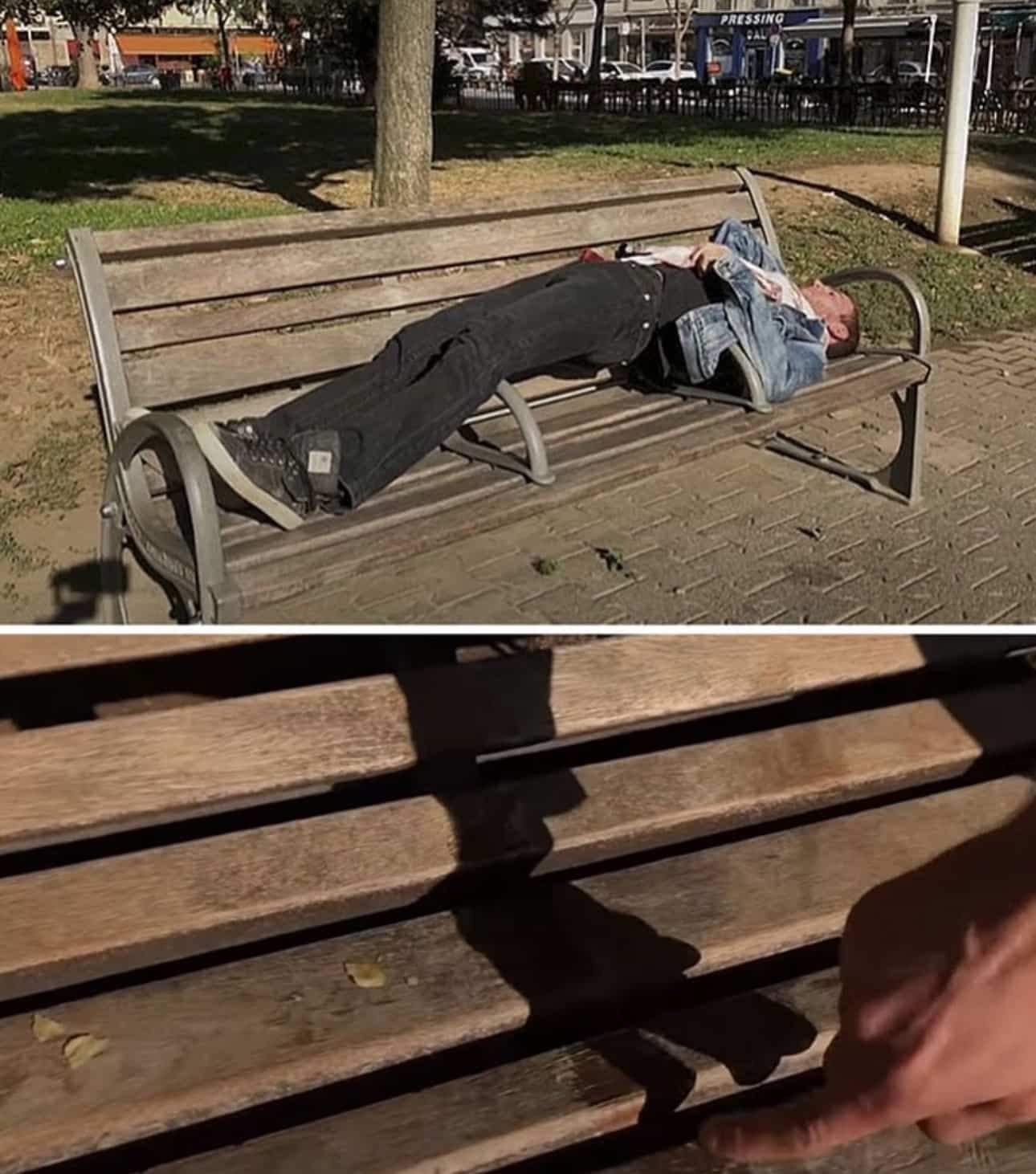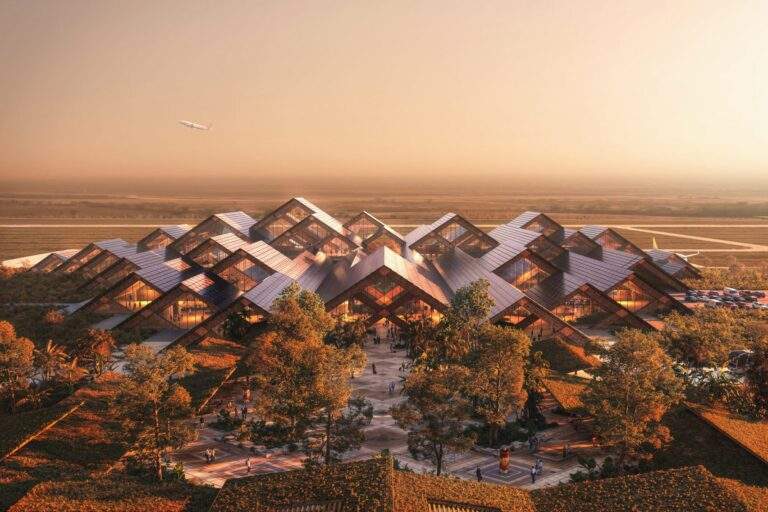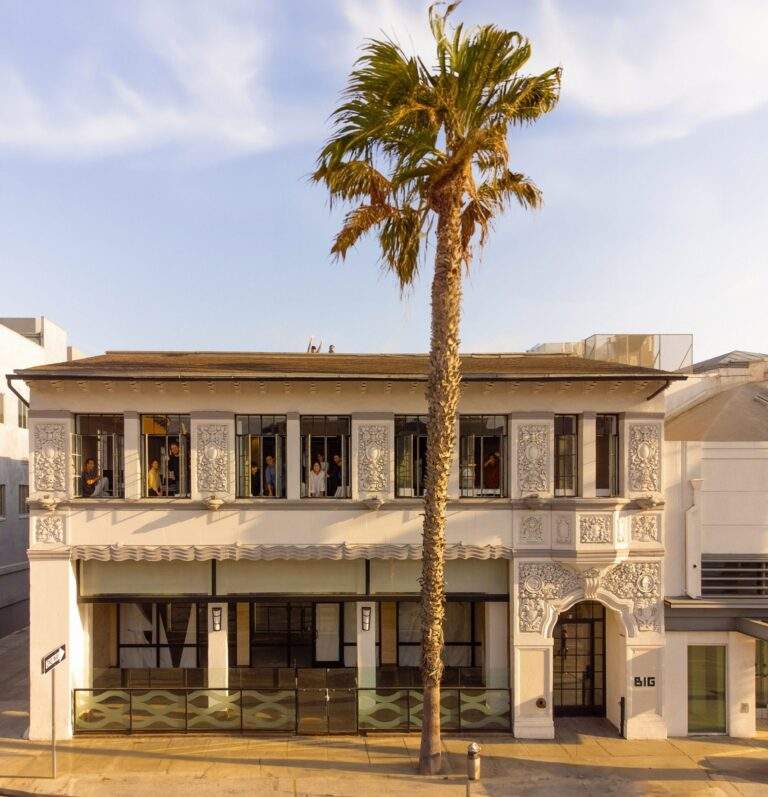Cities around the globe are designed to be inclusive, vibrant places where communities come together, exchange ideas, and thrive. Yet, an emerging urban design trend is reshaping our public spaces—not for comfort, but for exclusion. Known as hostile architecture, this controversial phenomenon uses urban furniture and landscape elements deliberately designed to restrict or influence public behavior. Far from a subtle shift in aesthetics, it actively marginalizes vulnerable communities, especially those experiencing poverty or homelessness.

Understanding Hostile Architecture: Intent and Impact
Hostile architecture, also called defensive architecture, manifests in various forms, from tilted benches impossible to sleep on, spikes placed in sheltered areas, to metal bars embedded in ledges. At first glance, these designs might appear innocuous or simply practical, but upon deeper consideration, they represent a troubling reflection of how modern urban spaces are becoming increasingly anti-human.
In major cities like London, New York, and San Francisco, examples abound:
- Camden Bench (London): Described as the ultimate anti-object, the Camden Bench’s angled surfaces prevent lying down, skateboarding, and other “undesirable” behaviors. Initially promoted for its practicality and durability, it now symbolizes an intentional move towards exclusionary design.
- Spikes and Bars: Metal spikes placed outside apartment buildings and storefronts in cities like Paris and Manchester prevent homeless individuals from seeking shelter during harsh weather conditions.
- Armrests on Public Benches: Commonly seen in public parks in New York City, these armrests are not for comfort; instead, they prevent people from resting or sleeping.

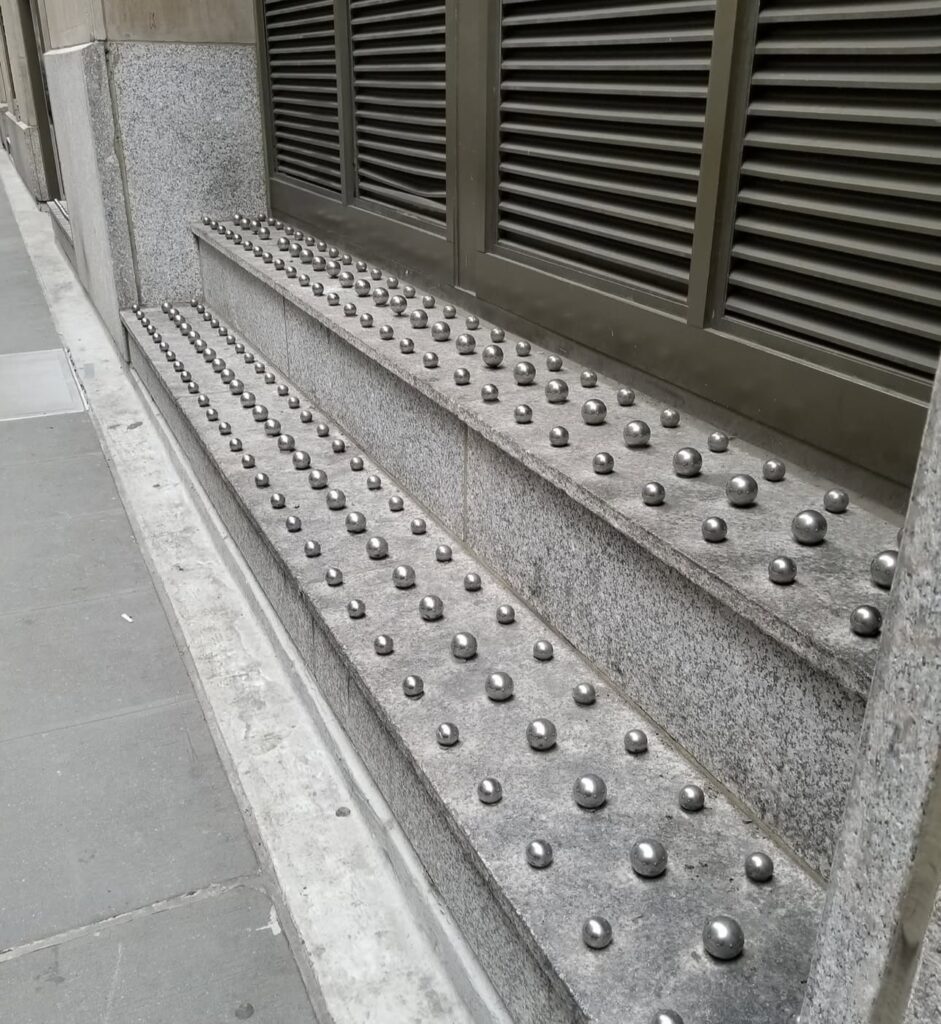
Critics argue that these methods simply displace the problem rather than addressing the root causes, such as affordable housing shortages, poverty, and inadequate social services.
Exclusionary by Design: Who Pays the Price?
Hostile architecture disproportionately affects vulnerable groups, primarily people experiencing homelessness. According to a 2023 United Nations report, there are an estimated 150 million homeless individuals globally, and approximately 1.6 billion people lack adequate housing. Instead of creating supportive infrastructure, many urban planners have opted for exclusionary measures, which marginalize rather than rehabilitate these populations.
Social activists assert that these practices are essentially acts of systemic discrimination. By physically barring access to public spaces, these architectural choices convey a stark message of rejection to people already experiencing profound marginalization.
Ethical Implications and Social Justice
The implementation of hostile architecture raises significant ethical concerns regarding the role of urban design in social justice. Is architecture meant to uplift communities or protect commercial interests at the expense of the vulnerable?
Proponents argue these design choices maintain order, cleanliness, and public safety. However, multiple studies suggest these practices merely push marginalized groups into less visible but equally precarious situations. For instance, a 2022 survey by the Homelessness Research Institute indicated that cities employing hostile architecture witnessed no decrease in homelessness rates. Instead, these tactics intensified the stigma and isolation of affected individuals.
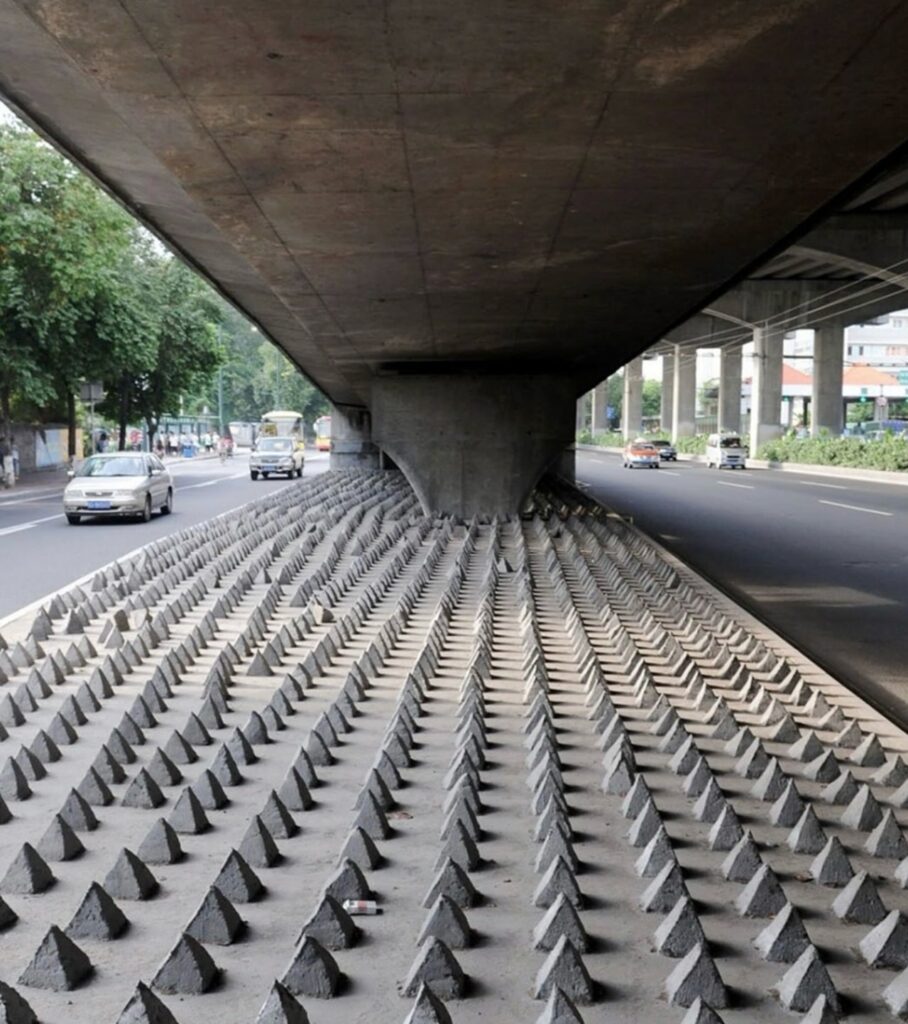
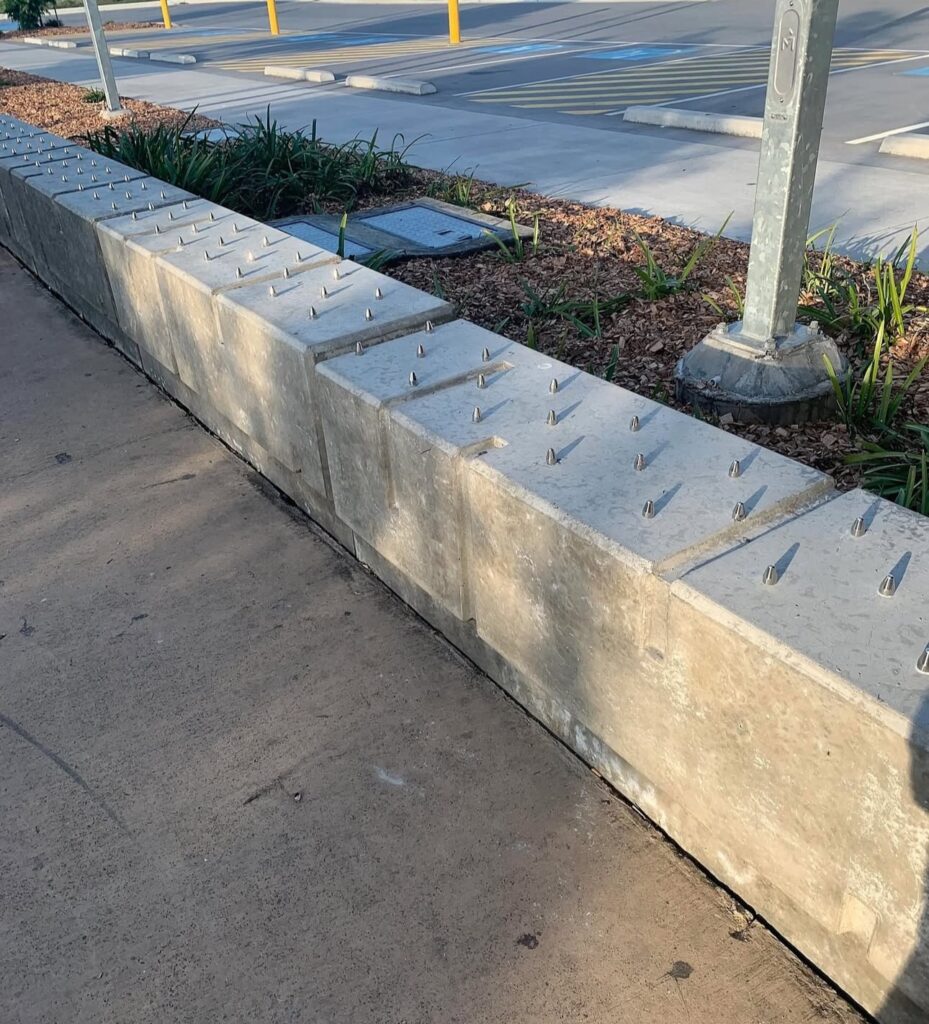
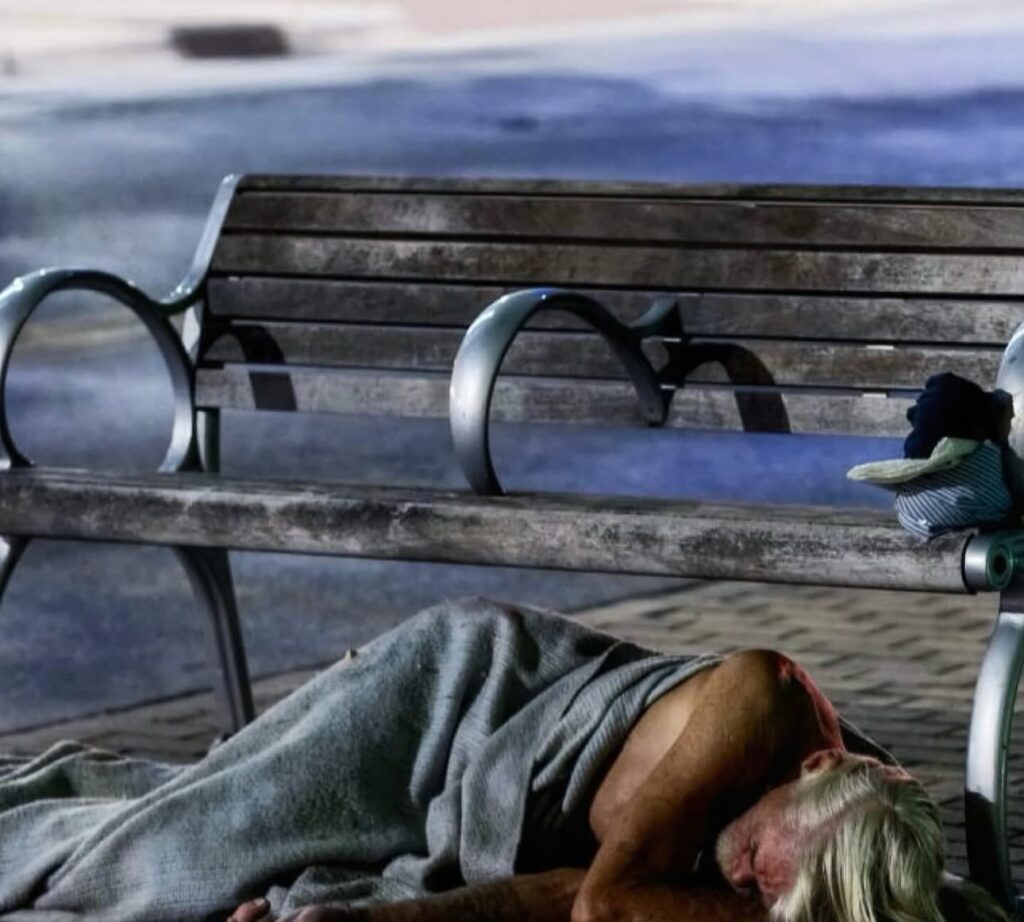
Global Responses and Pushback
The backlash against hostile architecture is growing:
- Toronto, Canada: In 2021, community activists successfully advocated for the removal of spikes installed beneath overpasses, leading to new guidelines for inclusive urban design.
- Portland, USA: The city’s urban design policy explicitly discourages hostile design, emphasizing investment in supportive housing and public infrastructure designed for inclusion.
- Barcelona, Spain: Urban planners have intentionally removed barriers and redesigned public spaces to encourage social interaction, accessibility, and communal living.
These examples highlight a hopeful counter-trend of designing public spaces that truly serve the public good rather than alienating certain groups.
Moving Towards Inclusive Urbanism
Hostile architecture is neither inevitable nor necessary. Cities can and should foster environments that are welcoming to all citizens. Alternative urban design strategies are already emerging:
- Inclusive Public Spaces: Designing benches and shelters that accommodate diverse needs without exclusionary features.
- Integrated Housing Policies: Tackling the root causes of homelessness by investing in affordable housing and accessible social services rather than punitive architecture.
- Human-Centered Design: Encouraging urban planners and designers to prioritize compassion, empathy, and social inclusion in their projects.
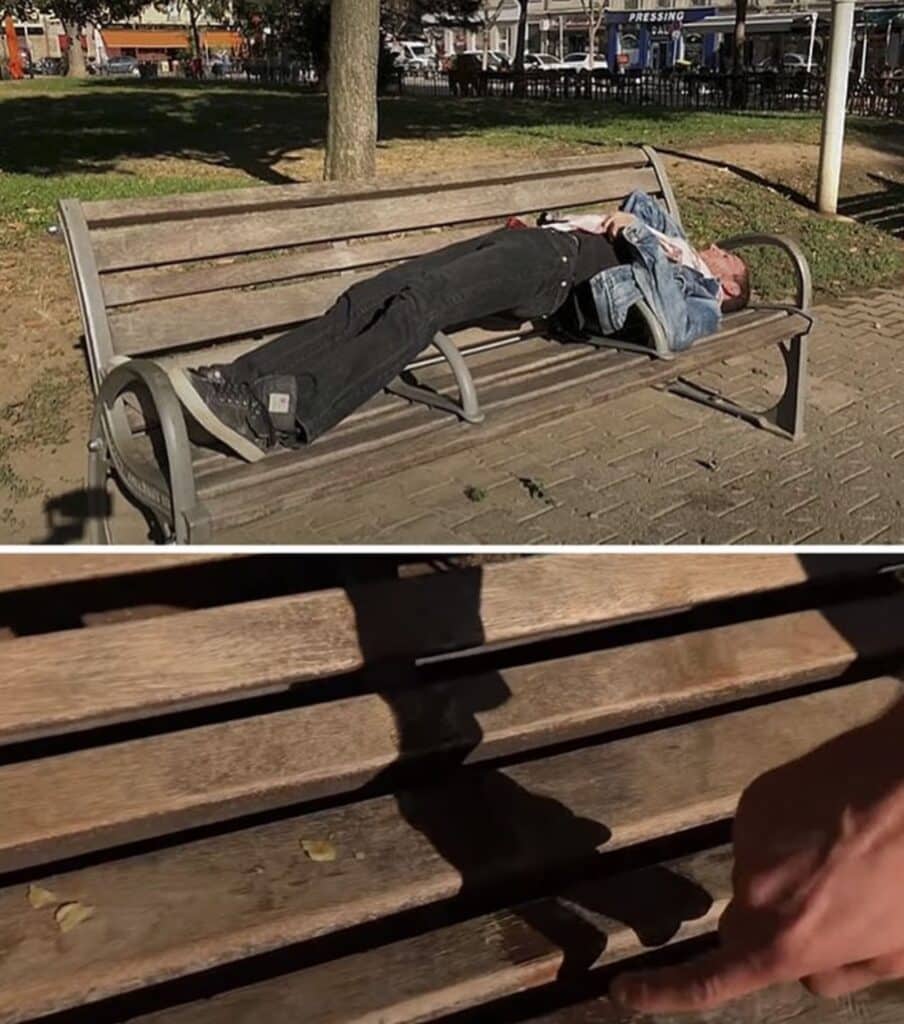
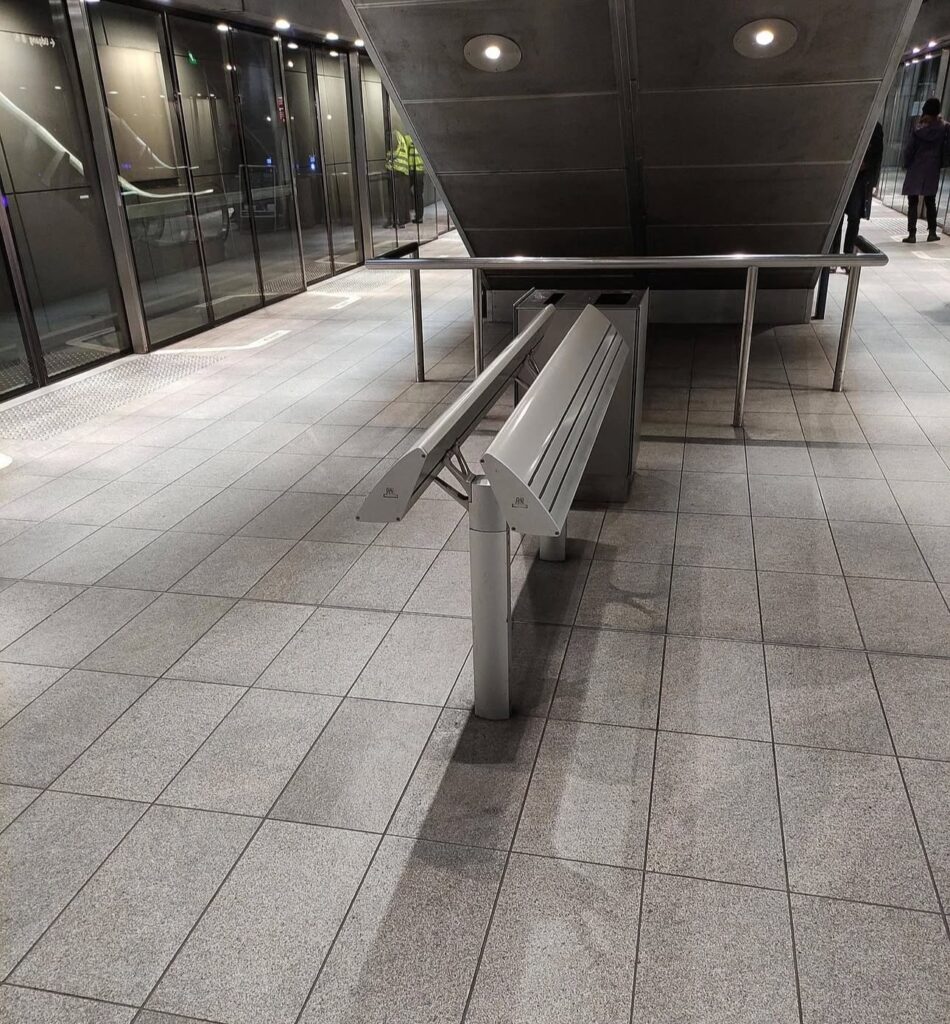
Conclusion: Cities Should Heal, Not Harm
Urban spaces are a collective asset intended to nurture community life, belonging, and social cohesion. Hostile architecture represents a harmful departure from these ideals, embedding exclusion and discrimination into the fabric of our cities. As global urban populations grow—projected by the UN to reach 6.7 billion by 2050—the need for humane, compassionate, and inclusive design principles becomes increasingly urgent.
Architecture has the power to reflect societal values. Instead of creating cold, metallic spaces of hostility, cities should invest in public areas that uplift, support, and include everyone. After all, urban planning should aim to heal, not harm.
Sources:
- Homelessness Research Institute, “Impacts of Hostile Architecture,” 2022.
- United Nations Report on Global Homelessness, 2023.
- “Anti-homeless spikes and the crisis of public space,” The Guardian, 2021.
- “Inclusive Urbanism: Redesigning Cities for Social Justice,” MIT Press, 2022.
UrbanDesign, HostileArchitecture, SocialJustice, DesignEthics, PublicSpace

